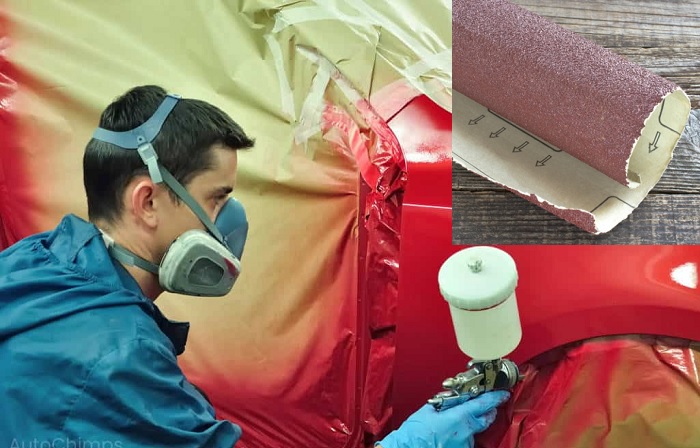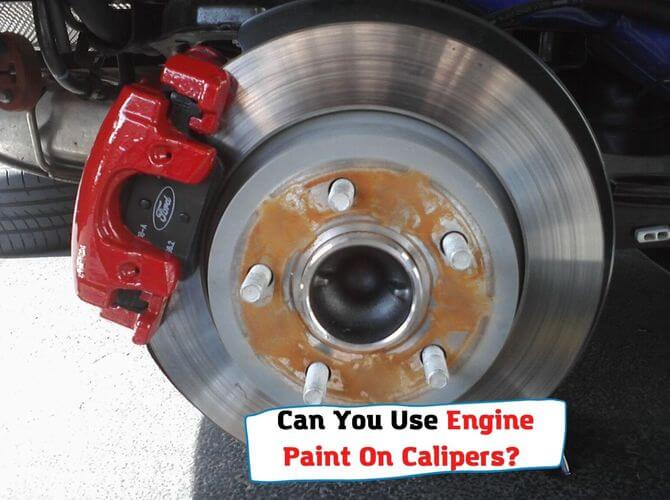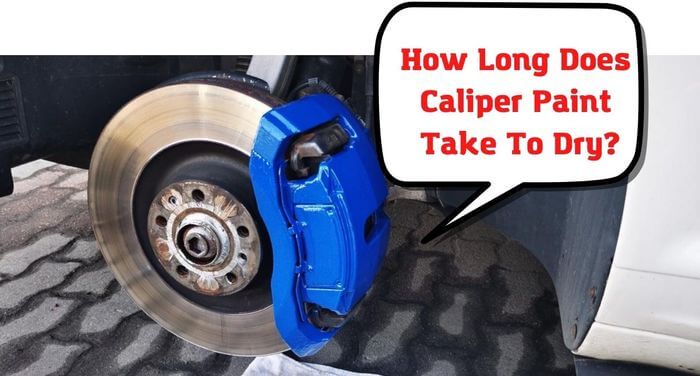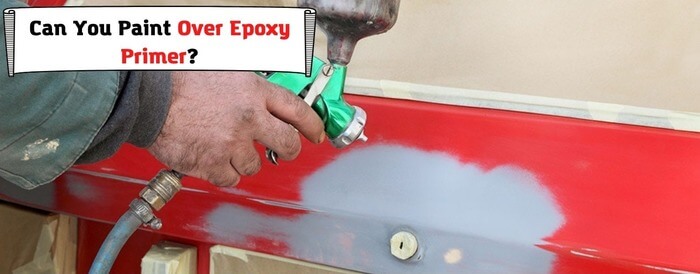Painting a car is not a simple task and you may want to know more before you start doing anything. If you want a smooth surface (which is natural for a car), you should use special instruments and know all the techniques of using these instruments. Once you apply paint in some different way, you will have problems with your surface and will need to redo the job.
Today, we’ll be speaking about sanding between coats of paint when you are painting a car. Is it necessary? Or is it allowed? And how should you do this to cause no harm? We’ll explain why sometimes sanding between coats will make more bad than good. And we’ll also show you how you can sand paint and still have a smooth surface in the end.

Here’s what we are going to talk about:
- Sanding between coats – when will you need this?
- Is sanding between paint coats actually necessary?
- How to sand between coats when you are painting a car?
- What are some common mistakes of cat painters when sanding between coats?
Let’s get started!
Is sanding between coats of paint necessary?
Actually, we don’t recommend sanding between coats when it comes to car painting. The only important point when you need to send is when your primer is fully dry and you want to prepare it for painting. In this case, you need to sand because primers usually have a rough surface and it can be a big problem in the end.
But when it comes to paint coats, sanding between them is a bad idea. Even the finest sandpaper will lead to small tracks and scratches which you cannot even see without special equipment. But eventually, the paint job will not look smooth like it should look. Car paint shows all defects that previous coats have.
Here are some problems you may get:
- sanding off too much paint because you will do this while the paint is not fully cured;
- sanding off the whole previous coat which is not hard to do as the coats are very thin;
- damaging some coats and the need to repaint the whole element of the car body;
- visual defects in the end – the surface of your car may look a little rough and uneven;
- a lot of additional work and more time for painting with no actual advantages;
- also, you may get a thinner paint layer and it will not provide proper protection.
You paint your vehicle not only for making it beautiful. You will also want the paint layer to protect the metal parts in your car from rust and damage. A thin paint layer may easily be scratched, it gets a lot of dents and even starts chipping off soon after being applied. So, it can cause bad trouble.
Also, even the most professional sanding can make your paint rough instead of making it smooth. It depends on a lot of factors, of course, but professionals never use this method, even if they need to repair some problems. For sanding between coats, you will need to wait until the coat is cured, but then the next coat will not connect well with the previous one.
When will you need to sand between coats?
You can want to sand between different coats of paint in a couple of situations. And one of them is misinformation. Sometimes, you can find a lot of bad tips online that tell you that sanding between each coat of car paint is absolutely necessary and your clearcoat will not look good without this.
Use only good advice that you get from professionals or from a well-checked website. Otherwise, you will only have problems in the process of painting.
Here are some other reasons you may want to sand one coat of paint:
- Something happened and your previous coat of paint is damaged. It’s scratched and you will want to sand it down and repaint it. Be careful – it’s not that easy to do.
- Uneven paint. Sometimes, when we make thick coats, we see something like an orange-peel texture on the surface. You may want to sand it and make it smoother, and this is a good decision.
- Paint drips. You may also want to get rid of paint drips. But unfortunately, this method will allow you to sand off all the paint from an affected area and repaint it which is not always a good idea.
- Thick coats. You may see that the coat is too thick and you will want to make it thinner by sanding. The best way is to avoid too thick coats because they will never make anything good when you are painting a car.
- Bad paint color. If you see that the color is bad, you may want to sand off the previous coat and use another paint. This is a good way to get rid of a fresh coat of paint that you don’t need anymore.
- Bad preparation. You may also decide to sand off the paint if you understand that you forgot to prepare the surface properly. And now you see that the paint looks bad because of this.
- Dust on the paint. If you are painting your car outside or in a poorly prepared garage, you can see a lot of dust and different particles on your surface. In this case, sanding will help, but the technique should be chosen carefully.
Painting is never a very easy job to do. Especially if we are talking about painting a car. Everything should be done well, without any mistakes and problems. Once you notice something bad, you should correct the mistake at any cost.
And that’s why sanding between coats may be a good idea for you. But bear in mind that you can’t deal with all problems just by sanding. Also, you should understand that sanding between coats should be completed in a proper way. If done without looking at any instructions, the results will not be good for you.
Wet paint or dry paint for sanding?
You should never sand paint until it’s dry. But when you are painting a car, the coats of paint shouldn’t dry completely before you spray another coat on them. And this makes a problem – you cannot sand wet materials and you should still have a not-fully-cured paint when you are spraying the next coat. How to deal with this problem?
It’s not that hard – you should wait for 15 minutes until the paint is dry enough to be sanded and not dry enough to apply properly the next coat. Then, after sanding, you should apply the next coat immediately, but don’t forget to clean the previous coat from all dust and particles before that.
How to sand between coats correctly?
Painting a car is a tricky task and you will have to practice a lot before you are ready to do this job completely and get good results. But even if you make some mistakes, you still can improve your job by sanding the spot and painting it once again or just by keeping on with the next coats until you reach a good surface.
For this, you should only know how to do this tricky task. Sanding should only be completed according to some rules:
- It should be wet sanding. Always pour some water from a bottle when you touch the surface with sandpaper. Otherwise, scratches will only get worse.
- It shouldn’t peel off the whole coat. Only partial sanding is appropriate. If you sand too hard, you will need to repaint the whole element of your vehicle.
- Slow and light movements only. Sanding should only be completed with light movements – don’t press sandpaper too hard to the surface.
- Round sanding. Use round movements to ensure that you aren’t making a pit on the surface.
- The finest sandpaper. Use the finest sandpaper that is recommended for these tasks. You should only use the special automotive sandpaper for car painting.
- Avoid long sanding. If you sand the coat for too long, you will make it uneven and will have to sand off all the paint and redo the job.
If you just obey these simple rules, you will succeed in sanding the needed elements and doing a wonderful job. In the end, the surface will be smooth and shiny. Of course, it depends also on the materials you use, your equipment, and also on your experience.
Be careful with wet sanding between coats of car paint because it can do things even worse if done with mistakes.
Final words
Unfortunately, many people make a lot of mistakes when they first time paint a car by themselves. So, we recommend painting something else before and seeing what you can get. Sometimes, one day of practice is enough to understand how it all works. Use sanding between paint coats in the cases when you see that the job is not done perfectly and the surface doesn’t look beautiful. But if it’s OK, forget about sanding between coats.
- Can You Unmix Paint: Techniques, Consequences, Alternatives - February 23, 2024
- Does Primer Need to be Mixed? Effective Primer Application - February 22, 2024
- How to Make Old Paint Usable Again: Retrieving and Preserving Paint - February 21, 2024



